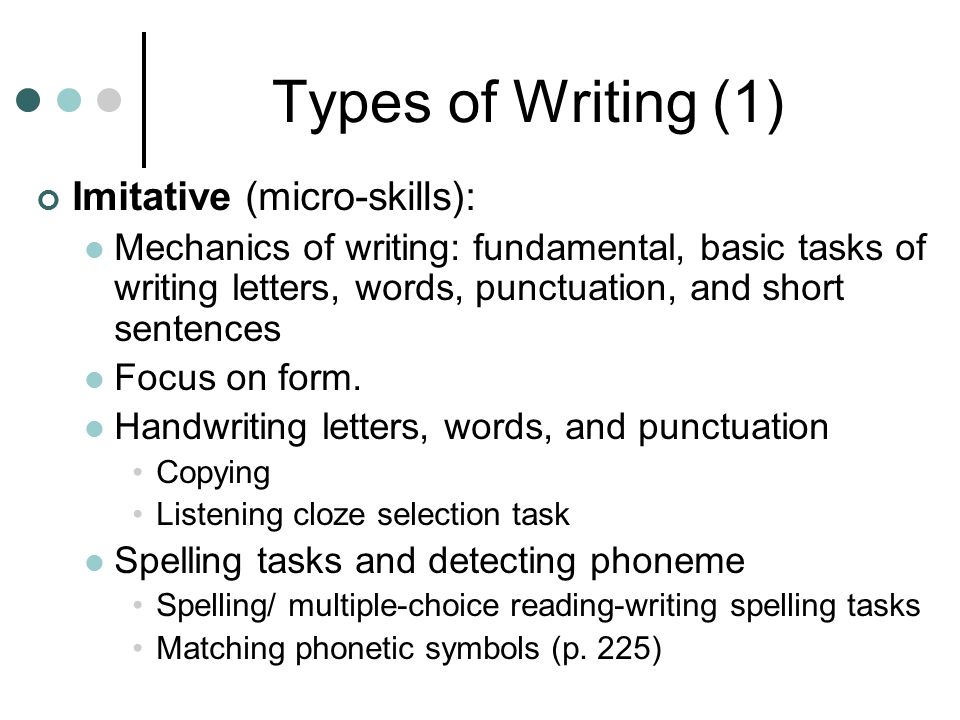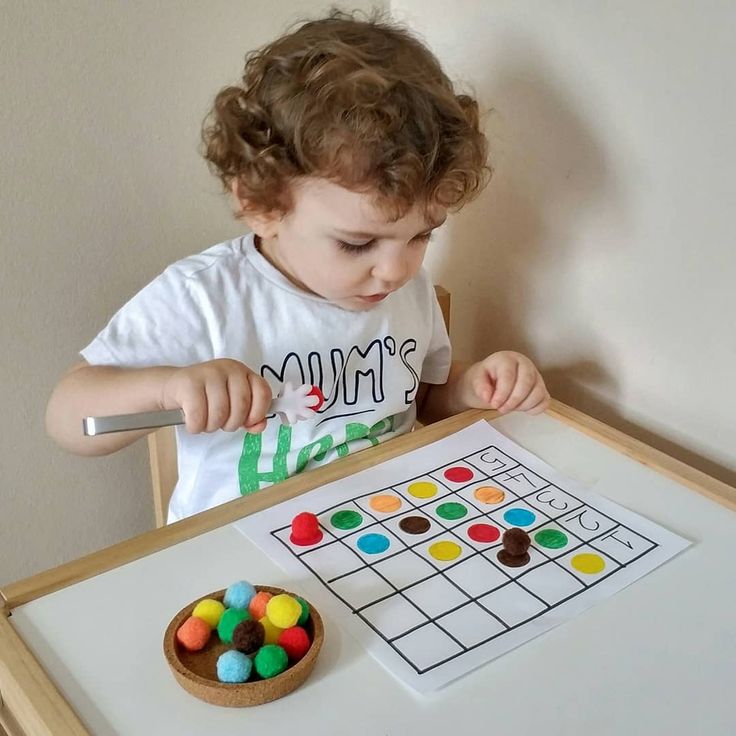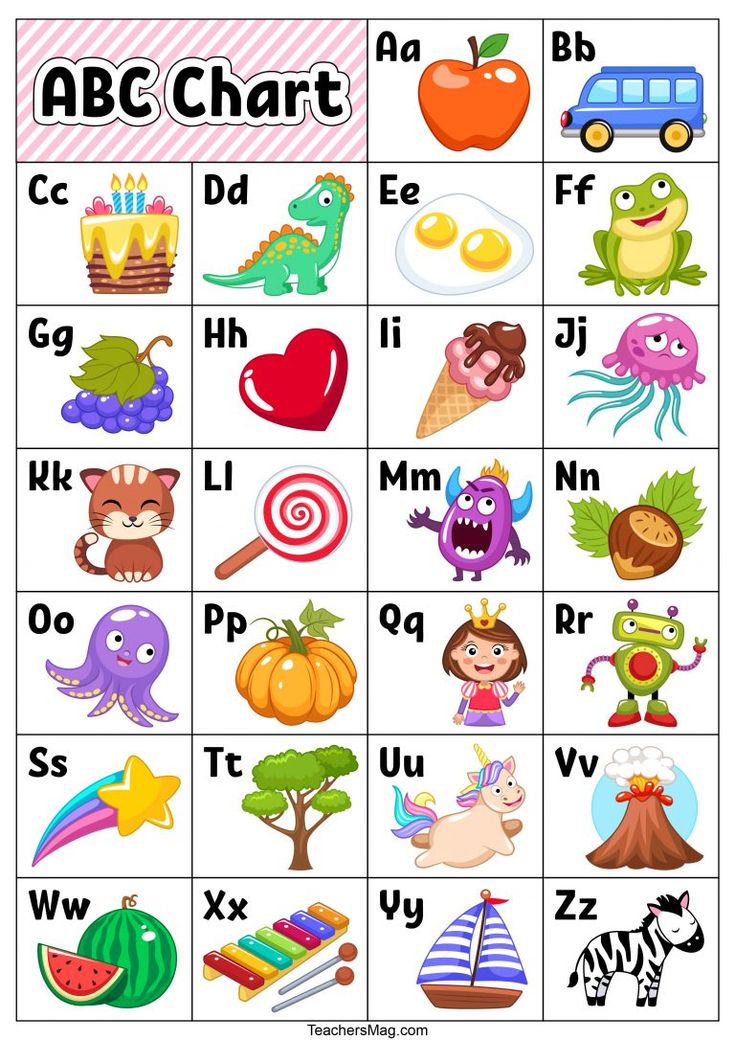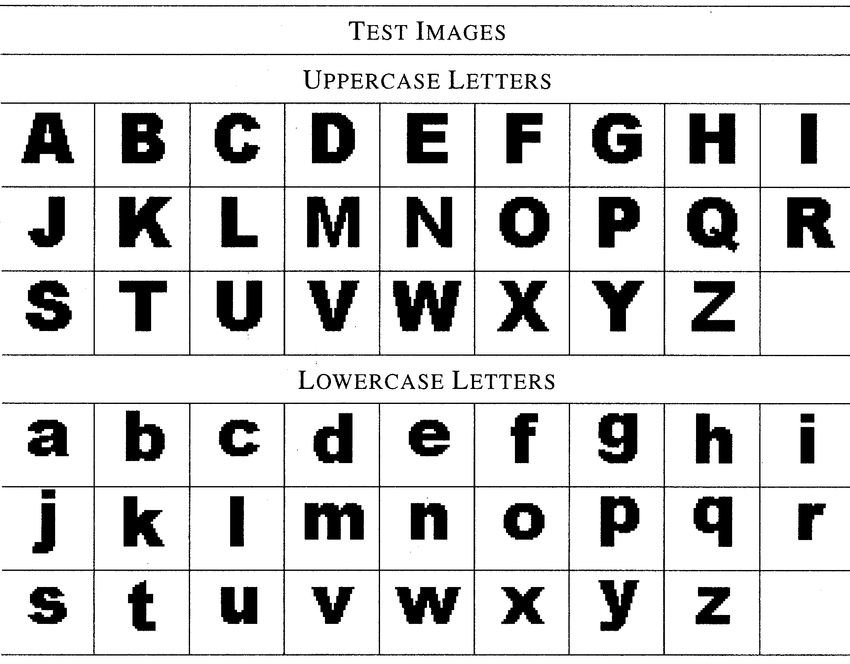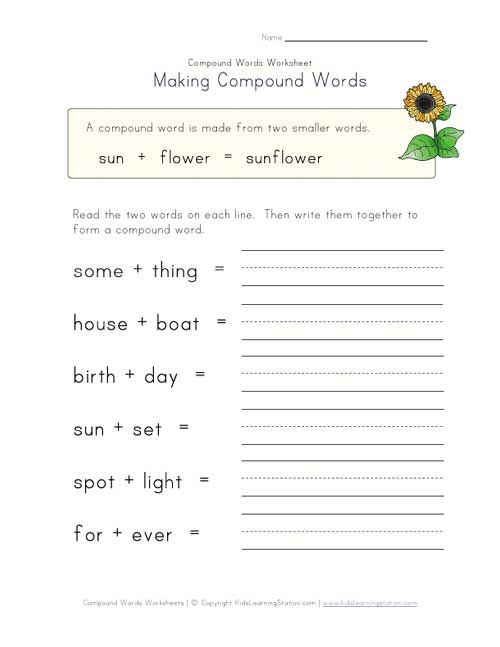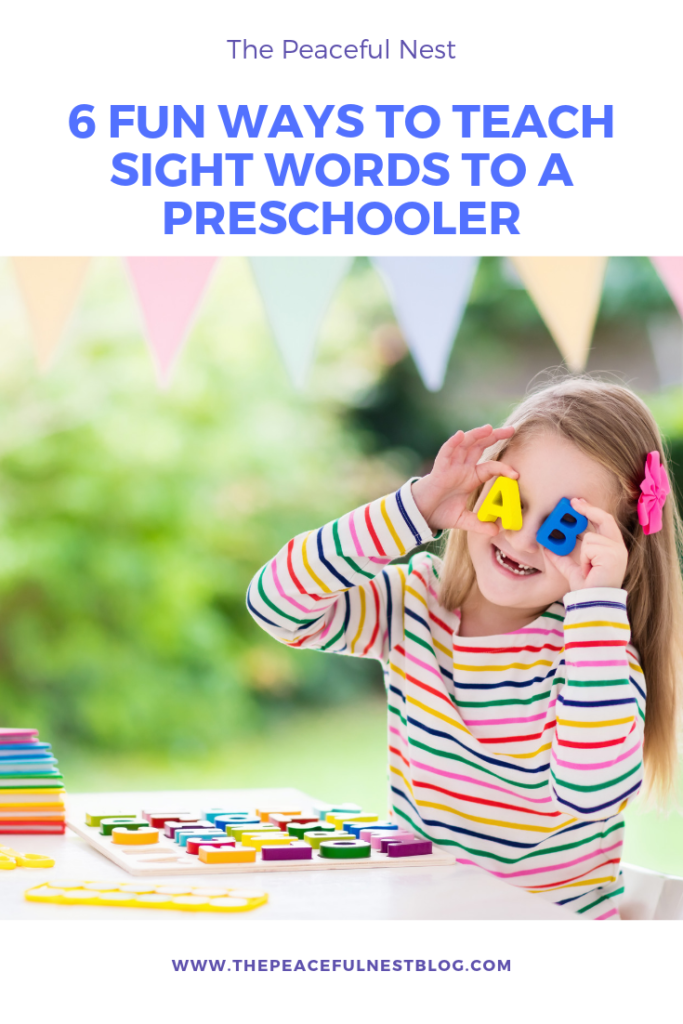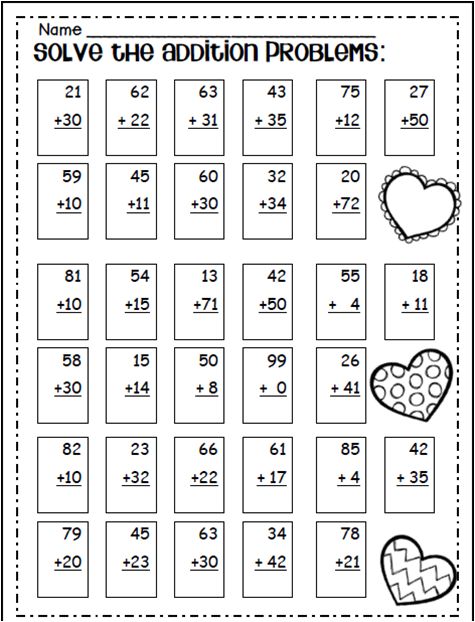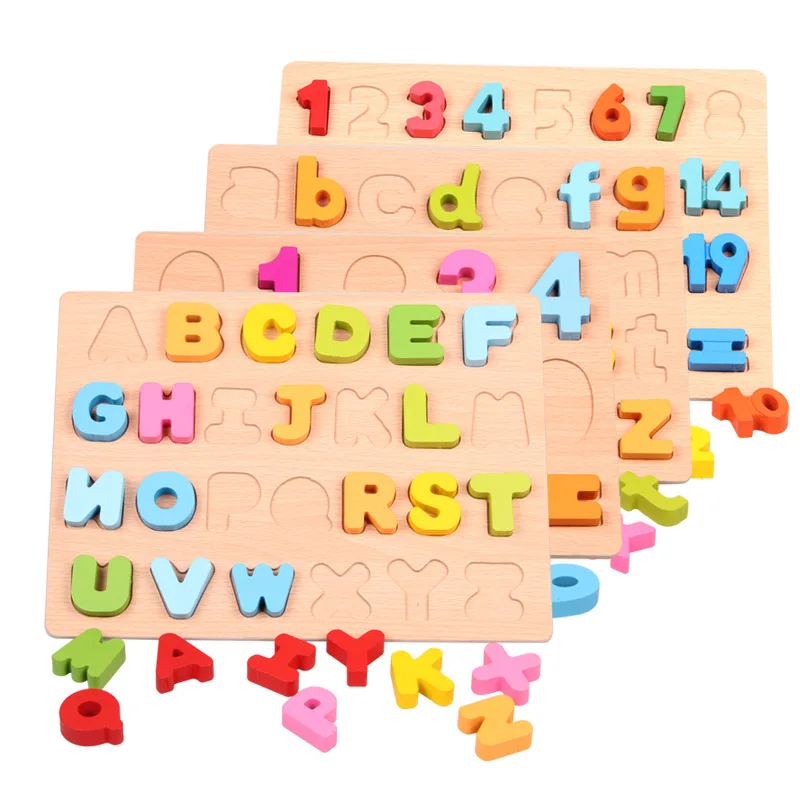Read write and type
Read, Write & Type | Talking Fingers
- TRY IT
- How It Works
- FAQs
- Research
- News & Reviews
- Testimonials
- Parent Corner
- Teacher Corner
- Revolutionary reading software that includes phonics, spelling, keyboarding and word processing!
- Special features for students with learning disabilities (LD), reading difficulties, or learning English as a second language (ESL)
- Research-proven! Boosts reading scores significantly!
- Easy-to-use reading software, assessment software and engaging materials for learning to read and teaching reading!
UNLIKE ANY OTHER READING PROGRAM LEARN MORE!
ESL help in nine languages!
For ages 6 to 9
“Among all the commercially available computer software claiming to offer reading instruction, we like Read, Write and Type the best. ”
from Straight Talk About Reading, Susan L. Hall & Louisa C. Moats, Ed.D.
- Children learn to hear the individual sounds in words, and associate each sound with a letter and a fingerstroke on the keyboard.
- Children use their eyes, ears, mouths, and fingers. This multi-sensory and motor approachstimulates learning and helps children who have different learning styles.
- Children develop fluency by making thousands of letter-sound (phonics) associations.
- Children are engaged and motivated by the colorful characters, games, animations, and music.
- Children learn to hear the individual sounds in words, and associate each sound with a letter and a fingerstroke on the keyboard.
- Children use their eyes, ears, mouths, and fingers. This multi-sensory and motor approachstimulates learning and helps children who have different learning styles.
- Children develop fluency by making thousands of letter-sound (phonics) associations.
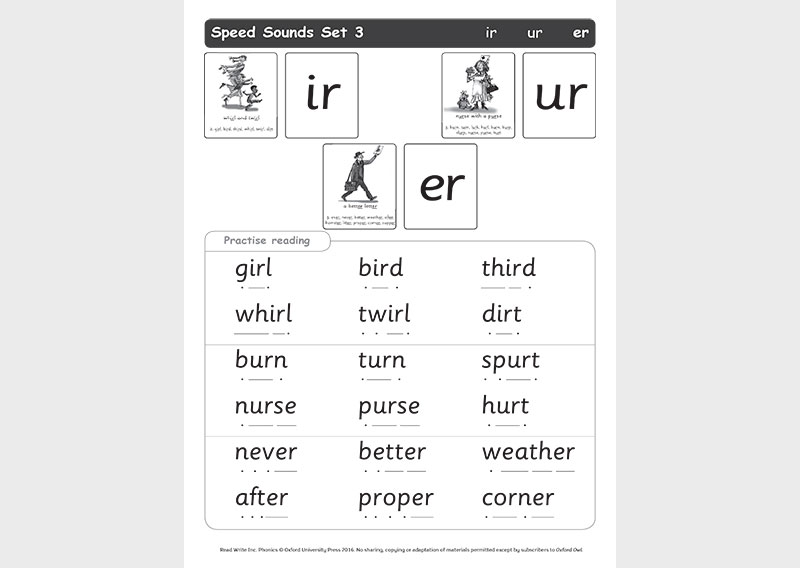
- Children are engaged and motivated by the colorful characters, games, animations, and music.
Unlike any other Reading Program
With
Read, Write & Type, you can…| HELP a child learn to read! This 40-lesson adventure is a powerful tool for 6-8 year olds just learning to read, for children of other cultures learning to read and write in English, and for students of any age who are struggling to become successful readers and writers. |
| TEACH important skills! Children learn phonics, reading, spelling, writing, vocabulary, punctuation, and even keyboarding. |
ACTIVATE multiple brain systems! Children see, hear, speak, touch, move their fingers, and laugh with pleasure as they play each new level. Research shows this is the most efficient and effective way to learn.
Research shows this is the most efficient and effective way to learn. |
| SEE impressive results in just fifteen minutes a day! This simple yet revolutionary program teaches children to read while teaching them to write! Visual and auditory help comes from the Talking Keyboard and Helping Hands as children sound-out, spell, and read hundreds of words in engaging animated games and stories. |
More Features of Read Write & Type
Based on extensive research and over 12 years of classroom testing, Read, Write & Type teaches children to write whatever they can say and read whatever they can write!
- Presents words in the context of meaningful stories
- Allows children to sound-out hundreds of words and thousands of letter combinations
- Offers immediate and specific feedback and help
- Provides diagnostic assessment and prescriptive help
- Develops critical thinking and problem solving skills
- Accommodates the needs of visual, auditory, and tactile learners
- Can be used in different learning situations – one-to-one, small groups, whole classrooms or computer labs.
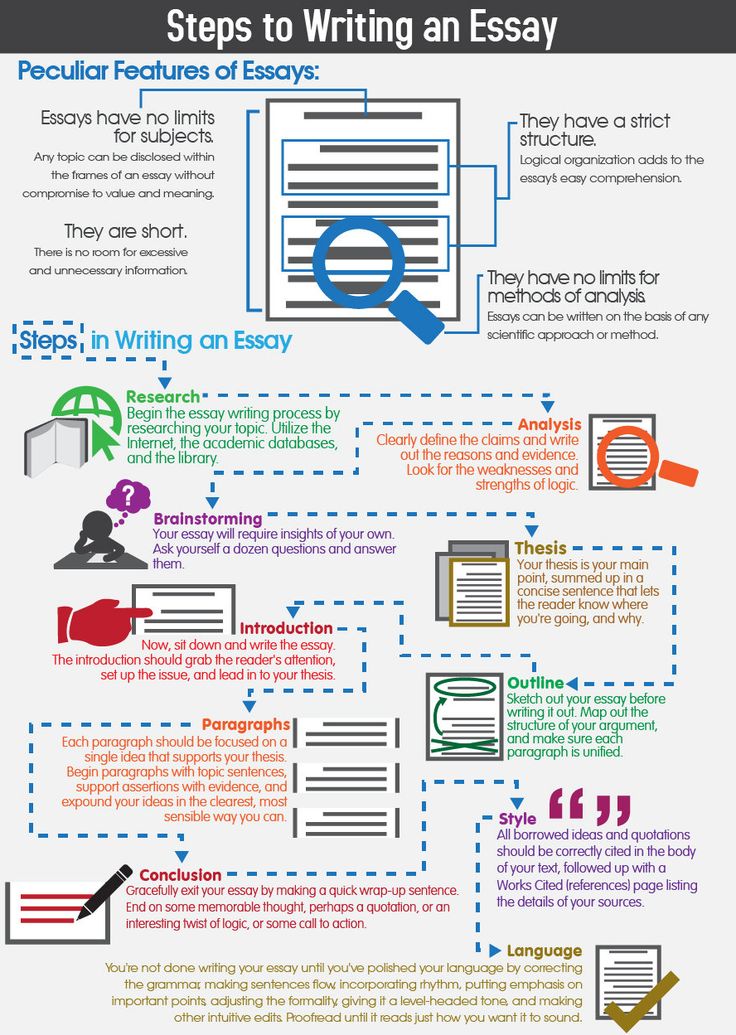
- Lets children work at their own pace
- Is fun, engaging and interactive for all children
- Is cost-effective
- Optimizes time for parents and teachers, since the software is rich in instruction
- Includes a word-processor and simulated e-mail
- Includes downloadable Activity Book, stories & graphic images.
- The Plot
Designed by the developer of Reader Rabbit, Read, Write & Type is packed with colorful characters who inhabit a fascinating world, filled with music and animation. RWT adventure takes place in a fantasy world inside the computer. A lively gang of storytellers (Ann the Ant, Bud, the Banjo Cass the Cat, etc.) live in two houses that look like the two halves of a keyboard. A mischievous computer virus called Vexor tries to steal the letters and prevent the storytellers from writing down their stories. Two Helping Hands, Lefty and Rightway, help children foil Vexor through 40 exciting levels, building hundreds of animated sentences and stories as they go. Children are rewarded with certificates of advancement after every four letters.
Children are rewarded with certificates of advancement after every four letters.
Games at each level provide systematic instruction and practice with all 40 of the sounds in English words. Children learn to identify beginning, middle and ending sounds in words, blend sounds together, spell regular words, read, write, touch-type, and word-process. An E-mail Tower offers a word processor for writing original stories and sending simulated e-mail. A Power Fountain Game helps youngsters develop speed and accuracy in typing. The Spaceship Challenge provides extra instruction and assessment games, and tracks progress in these skills.
One Child’s Story
“Plants grow from A seed and root’s. We grow from Food And water and Love. Anama’s Grow From food and Water. Love Grow’s From Fathe. Drowing’s grow From a pencil or Cran or makr. A brane grow’s From lrning. A Stoey grow’s From An idea.” Kacey, first-grader, reprinted in The Knight Foundation Quarterly Report, Spring 1999
Click here to take a quiz: How do children spell?
Kacey is six. She can talk. She knows thousands of words. Each word is a string of speech sounds (also called phonemes). In English there are 40 of them. Kacey is learning to read. She is learning to read by putting speech on paper, by writing. Letters stand for speech sounds. Kacey identifies each speech sound in the word the computer has asked her to write. Her mouth moves as she spells and sounds out the word along with the computer. Her fingers move as she finds the keys that represent each sound. She touches the keyboard, and letters appear on the screen. Kacey reads words as she writes them. She may make a thousand errors, as children do when they learn how to talk, but her Read, Write & Typestoryteller friends can help her, a thousand times, to learn from her mistakes. Using writing as a route to reading guarantees that Kacey will have help and non-judgmental feedback all the way through the learning process. No other computer reading program can offer this rich interactive feedback.
She can talk. She knows thousands of words. Each word is a string of speech sounds (also called phonemes). In English there are 40 of them. Kacey is learning to read. She is learning to read by putting speech on paper, by writing. Letters stand for speech sounds. Kacey identifies each speech sound in the word the computer has asked her to write. Her mouth moves as she spells and sounds out the word along with the computer. Her fingers move as she finds the keys that represent each sound. She touches the keyboard, and letters appear on the screen. Kacey reads words as she writes them. She may make a thousand errors, as children do when they learn how to talk, but her Read, Write & Typestoryteller friends can help her, a thousand times, to learn from her mistakes. Using writing as a route to reading guarantees that Kacey will have help and non-judgmental feedback all the way through the learning process. No other computer reading program can offer this rich interactive feedback. The computer can’t know when Kacey misreads something, but the uniquely interactive keyboard in RWTcan tell when Kacey “mis-writes” something. When she does, it gently guides her, every time, to the correct spelling and pronunciation. This breakthrough innovation links three vital elements in Kacey’s brain as she learns to:
The computer can’t know when Kacey misreads something, but the uniquely interactive keyboard in RWTcan tell when Kacey “mis-writes” something. When she does, it gently guides her, every time, to the correct spelling and pronunciation. This breakthrough innovation links three vital elements in Kacey’s brain as she learns to:
- HEAR and identify the forty speech sounds in the English language
- SEE and recognize the letters that make up the alphabet code and represent the speech sounds
- TOUCH the letters on her keyboard, putting that code on paper.
Kacey is using her mouth, ears, eyes, and fingers. Because she is engaging multiple senses, her young brain is stimulated to create powerful pathways for efficient and effective learning. Once these neural pathways are established, her brain and the computer can set up an interactive relationship. Her fingers “talk” to the computer, and the computer “talks” to her, leading her to the right responses when she makes an error.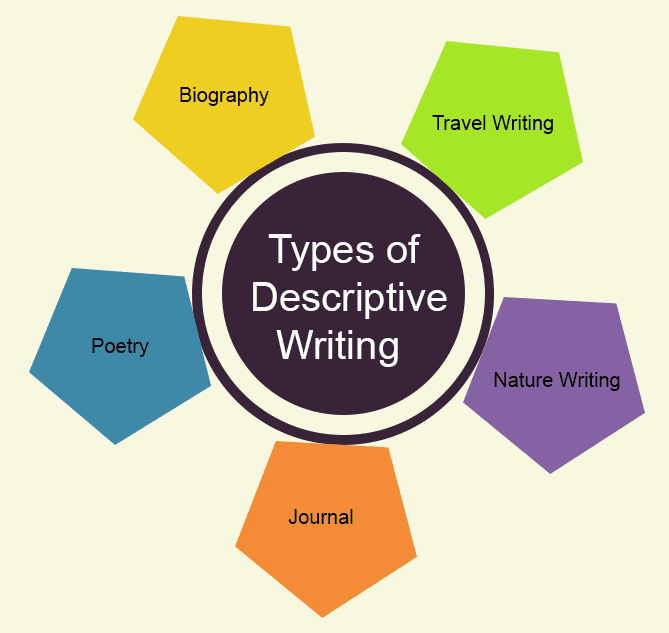 She will write a multitude of words and stories that are meaningful to her, reading as she writes. The Read, Write & Type has taken Kacey from speech to literacy!
She will write a multitude of words and stories that are meaningful to her, reading as she writes. The Read, Write & Type has taken Kacey from speech to literacy!
| How The Brain Learns | HowRWT Teaches |
| The young brain handles concrete concepts better than abstracts. | RWT presents abstract concepts very concretely. For example, the keyboard is set up as two houses. The abstract letters are made into concrete story characters like Ann the Ant, whose name and identity help children remember the sound of the letter. |
| The brain works with feedback loops. For example, babies learning to talk, may say “ma”. Then Mom gives the feedback, “YES! MAMA!” Pretty soon, baby is saying “mama”. | RWT provides clear, non-judgmental visual and auditory feedback.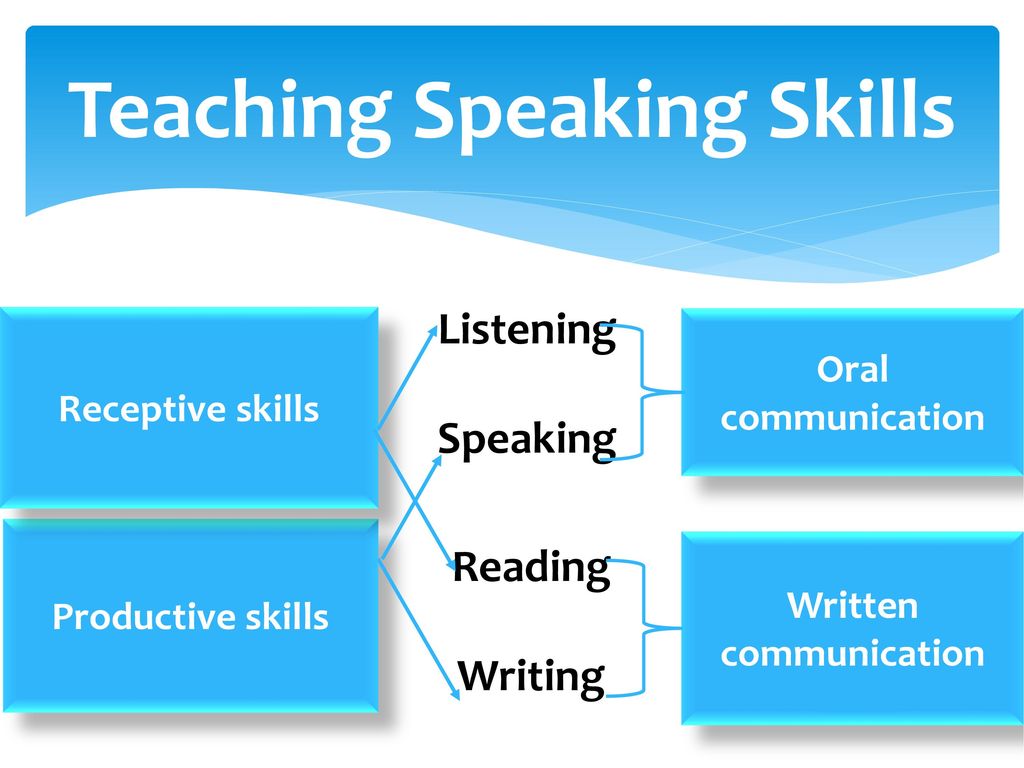 Children try to sound-out and spell words in phrases and stories. If they make a mistake, the program helps them by saying the sound, and showing them which finger to use and where to find the letter on the keyboard. Children try to sound-out and spell words in phrases and stories. If they make a mistake, the program helps them by saying the sound, and showing them which finger to use and where to find the letter on the keyboard. |
| The brain perceives patterns and generates rules about them. | RWT uses regularly spelled words that follow the rules, and so establishes a strong pattern of letter-sound associations. |
| The brain performs multiple tasks simultaneously (parallel distributed processing). | Unlike other programs, RWT integrates phoneme awareness, phonics, reading, writing, spelling, and typing, all at once. |
| Memory is enhanced by emotions. | The storytellers associate sounds with emotion – Ann the Acrobatic Ant cries “aaaa” when she falls, and Issa says “iiiick” when she is disgusted. The story is emotionally engaging as children embark on an adventure to “save the letters” from Vexor.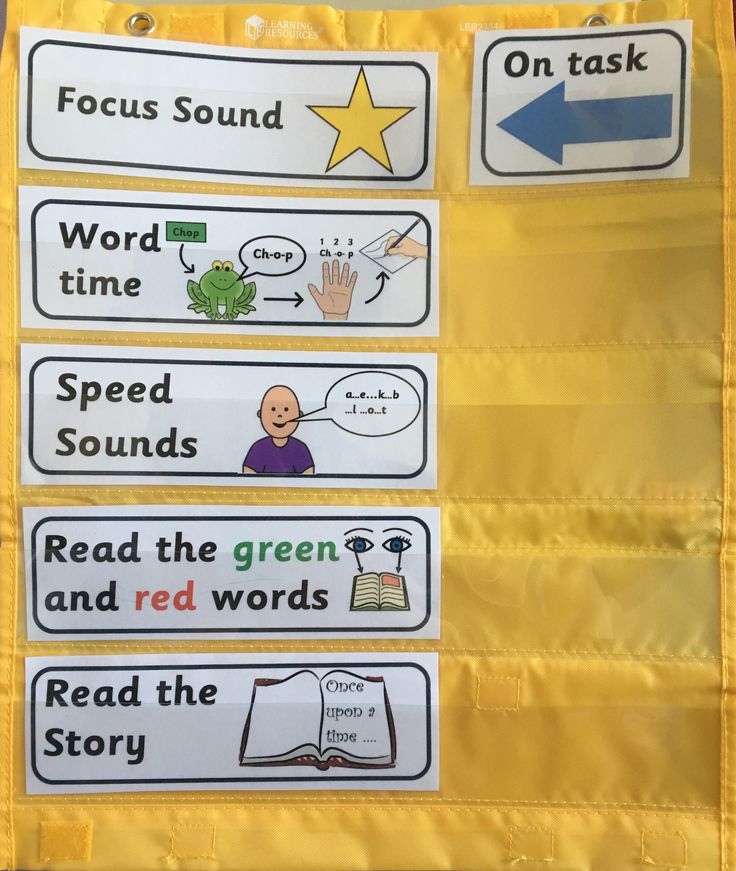 |
| The brain develops fluency with practice. At first, learning is conscious and laborious, gradually becoming automatic. When the mechanics of writing or reading become unconscious, the cortex allocates more attention to the meaning of what is being written and read. | Children need to connect 40 speech sounds with their letters to learn the alphabet code. In RWT, children sound-out and type hundreds of words. The more practice they have, the more automatic those associations become. |
| Motor memory is a separate, very enduring brain system. Once we learn to ride a bike, we don’t forget. | RWT uses motor memory. Simple keystrokes are linked to sounds and letters. As the fingers begin to learn their tasks automatically, children get into the fun of writing. |
| The brain processes wholes AND parts simultaneously. | Using RWT, children develop fluency with phonics (the parts) in a meaningful (whole language) context. |
| In the process of reading, the brain decodes the parts (letters and words) and decodes the meaning of the whole (sentences). In the process of writing, the meaning is already known, but the brain must now both encode AND decode: Children encode the meaning (their story) into the alphabetic code (letters and words), AND decode (read the words and sentence back to themselves.) | By taking a writing-to-read approach, RWT capitalizes on the fact that writing is a higher order brain function. In other words, writing uses more of the brain. Children are reading as they write, and writing as they read. Their brains are continually encoding and decoding. |
Frequently Asked Questions about the
Read, Write & Type
Q: Can first graders handle keyboarding?
A: Yes! Most first graders find keyboarding easier than using a pencil. Typing is often easier for first graders than fourth graders, because they haven’t yet formed the “hunt and peck” habits that can create frustration and delays later on.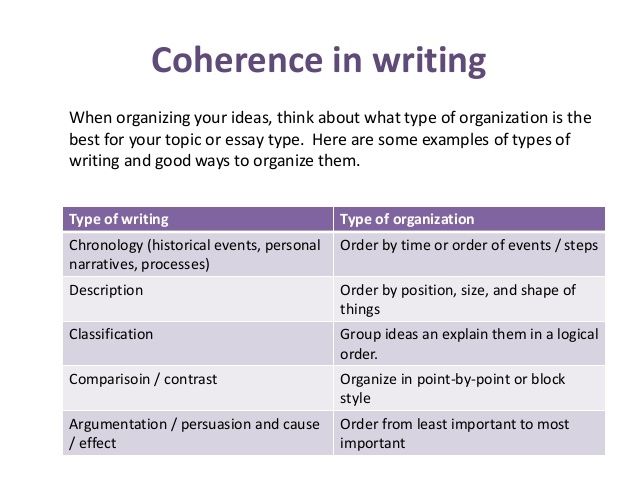
Q: How will the Read, Write & Type help my child?
A: RWT offers a revolutionary approach to learning to read and write, based on a multi-sensory method that combines phonics with whole language and the skills of reading and writing with keyboarding, spelling, grammar and punctuation.
Q: How does the Read, Write & Type compare with other reading methods?
A: No other reading program compares to RWT Most programs require a huge investment of time, use boring drill-and-practice techniques, teach only a few hundred words, have primitive graphics, and only offer “canned” help like “That’s not it, try again.” RWT is easy to use, fun, interactive, and can diagnose your child’s strengths and weaknesses and prescribe appropriate activities. Simply put, Read, Write & Type is the most effective reading method available for your child.
Q: Does the Read, Write & Type work for children of different ability levels?
A: Absolutely.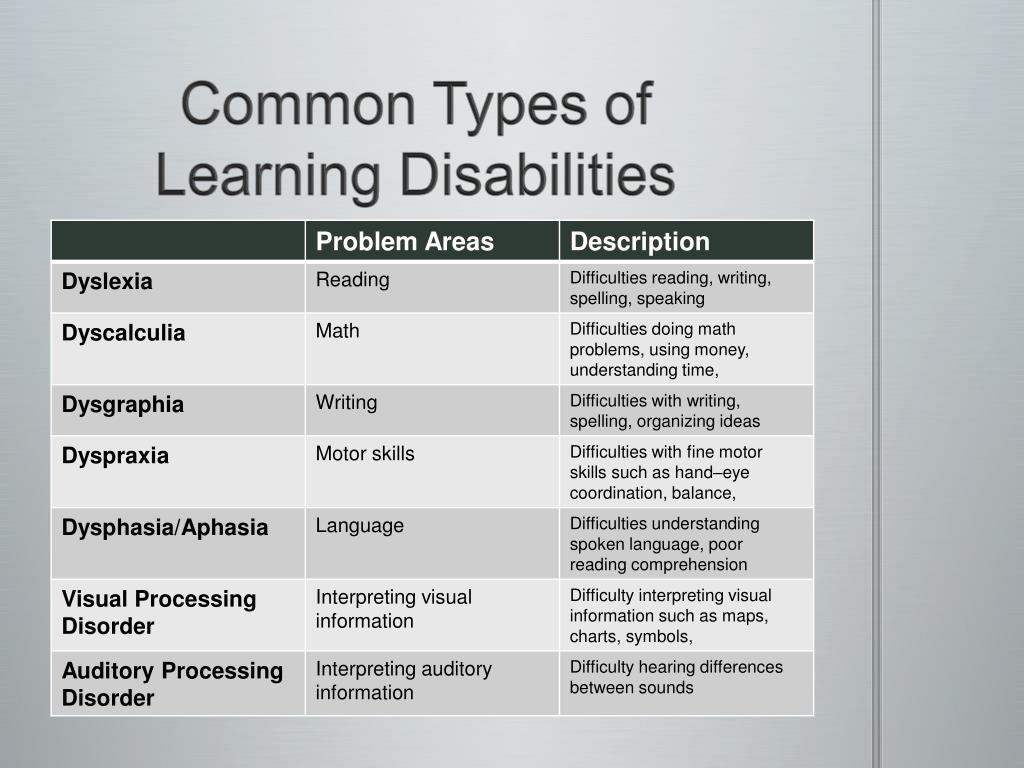 RWT was designed by a neuropsychologist to have multiple “safety nets” and be effective with a wide variety of children. Children learn at their own pace, with highly motivating games and feedback.
RWT was designed by a neuropsychologist to have multiple “safety nets” and be effective with a wide variety of children. Children learn at their own pace, with highly motivating games and feedback.
Q: Can I assess my child's progress within the Read, Write & Type?
A: Yes! The Bonus Blimp keeps track of performance and sends children back to activities they may need to practice. The Hall of Fame Certificates show what levels have been completed, and the Power Fountain keeps track of keyboarding speed and accuracy.
Q: Can the Read, Write & Type be used with ESL and bilingual students?
A: The Read, Write & Type is specially designed for children making a transition to English, because they see, hear and type sentences that familiarize them with new vocabulary words as well as the syntax, spelling, and punctuation of English. In addition, RWT has built-in help and instructions in Spanish, Arabic, Farsi, Korean, Japanese, Mandarin, Portuguese, Tagalog and Bahasa Melayu (the language of Indonesia and Malaysia).
Q: Why is the Read, Write & Type so successful?
A: Associating each speech sound with a finger stroke is a very powerful teaching strategy that incorporates “motor memory”. RWT lets children use a range of senses—their eyes, ears, mouths and fingers—to learn phonics while writing whole words and sentences.
Macintosh Hardware Requirements (both CDs):
- Classic Mac Systems 7, 9.2 or Mac OSX through 10.5 ONLY
- Macintosh computer 68040/33 MHz or better
- Hard disk with 2 MB free disk space
- 8 MB available memory (RAM)
- Double-speed or higher CD-ROM drive
- 13″ (640×480) or larger monitor
- 256 or more color video
- Mouse
- (Optional: Macintosh-compatible printer)
- Notice to MAC 10.4.7 and 10.4.8 Users
Windows Hardware Requirements (both CDs):
Runs on: IBM(r) PC and compatibles, 486 or better, with:
- Windows 95/98/ME or Windows NT/2000/XP
- Windows compatible printer driver (printer is optional)
- 16 MB available RAM memory
- Double-speed or higher CD-ROM drive
- Windows-compatible Mouse
- Hard disk with 2 MB free disk space
- 13″ (640×480) or larger monitor
- 256 or more color video adaptor
- Windows-compatible sound card
Research-Based and Classroom Tested!
The design of Read, Write & Type is based on the best methods of reading instruction, and years of research in brain development. The program itself has been rigorously tested in elementary classrooms for over 10 years, and has produced significant reading improvement. RWT brings together the fundamental principles of reading instruction, with an emphasis on writing as a route to reading, in a program packed with visually exciting and engaging games and challenges. Prominent researchers, as well as our top teachers, report that the most effective reading instruction combines the best elements of whole language with those of phonics and phonemic awareness. In addition, the process of learning to read involves “breaking the alphabetic code”, that is, mastering the skills of both decoding the letters that make up words when reading, and encoding, putting together letters that make up words when writing. Reading methods that emphasize writing as a route to reading are powerful and revolutionary. And they are changing the way children learn.
The program itself has been rigorously tested in elementary classrooms for over 10 years, and has produced significant reading improvement. RWT brings together the fundamental principles of reading instruction, with an emphasis on writing as a route to reading, in a program packed with visually exciting and engaging games and challenges. Prominent researchers, as well as our top teachers, report that the most effective reading instruction combines the best elements of whole language with those of phonics and phonemic awareness. In addition, the process of learning to read involves “breaking the alphabetic code”, that is, mastering the skills of both decoding the letters that make up words when reading, and encoding, putting together letters that make up words when writing. Reading methods that emphasize writing as a route to reading are powerful and revolutionary. And they are changing the way children learn.
Spanish-speaking Primary Students Boost Reading Skills in an After-School Computer Program using
Read, Write & TypeIn a project funded by the National Institute for Child Health and Human Development, (NICHD), sixteen Spanish-speaking 6-7 year olds attended an after-school class for 60 hours using the Read, Write & Type.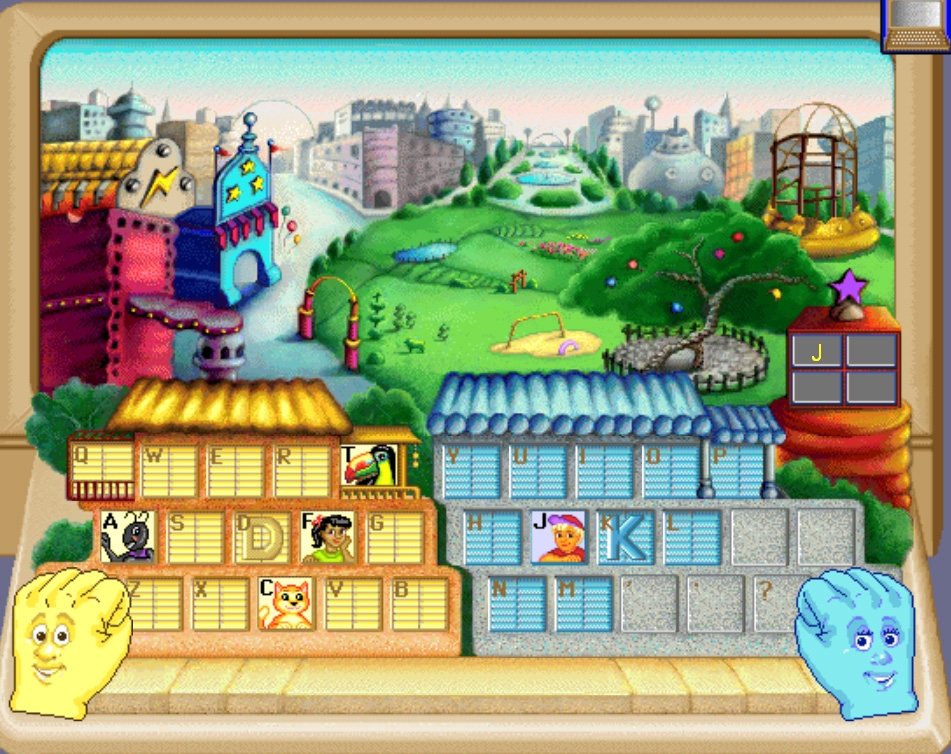 Their progress in reading was compared to that of 16 comparable controls who either went home after school, or attended day-care or after-school tutoring. All 32 students were struggling to read and were in the lowest 40% of the class on reading scores. The groups were randomly assigned. Their home language was Spanish, and their Quick English Start (QSE) scores classified them with Limited English Proficiency (LEP). Mean QSE scores for the RWT group were 62 and for the Control Group were 65. At this school, primary students were receiving instruction in English with support in Spanish. All the teachers were bilingual but used primarily English in class except for brief clarification in Spanish. Read, Write & Type (RWT), is a 40-level software adventure that provides instruction in phonemic awareness, phonics, spelling, reading, writing, typing, and word processing. The RWT Learning System provides systematic instruction in all 40 phonemes while children sound-out and spell hundreds of words, phrases, and engaging stories.
Their progress in reading was compared to that of 16 comparable controls who either went home after school, or attended day-care or after-school tutoring. All 32 students were struggling to read and were in the lowest 40% of the class on reading scores. The groups were randomly assigned. Their home language was Spanish, and their Quick English Start (QSE) scores classified them with Limited English Proficiency (LEP). Mean QSE scores for the RWT group were 62 and for the Control Group were 65. At this school, primary students were receiving instruction in English with support in Spanish. All the teachers were bilingual but used primarily English in class except for brief clarification in Spanish. Read, Write & Type (RWT), is a 40-level software adventure that provides instruction in phonemic awareness, phonics, spelling, reading, writing, typing, and word processing. The RWT Learning System provides systematic instruction in all 40 phonemes while children sound-out and spell hundreds of words, phrases, and engaging stories.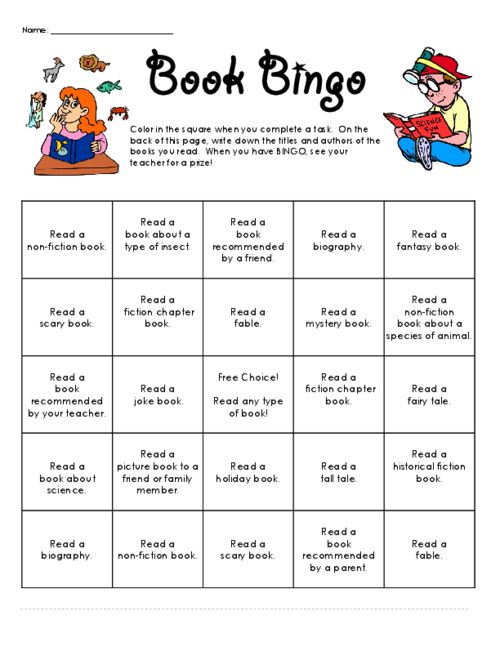 A second CD monitors progress and takes students to appropriate practice if they are not quite ready to move to the next level. The RWT group received 60-70 hours of instruction and all 16 students finished the 40 levels of the program. Classes with two teachers and one aide ran for one hour every day after school, 5 days/week. They used the new version of Read, Write & Type which can be set to provide Help and Instructions in Spanish. Spanish Help is optional and can be accessed by clicking on a Yellow Balloon. Spanish Instructions are provided anytime new instructions are provided in English. (When students are introduced to a new phoneme, or new concept — for example, when they are told that names start with capital letters, and are shown how to use the shift key to make a capital — all the instructions are in both English and Spanish). Classes started with warm-ups on the floor. Teachers used the Read, Write & Type lesson plans to structure the warm-ups. Students were introduced to a new Storyteller character and the sound that Storyteller represents.
A second CD monitors progress and takes students to appropriate practice if they are not quite ready to move to the next level. The RWT group received 60-70 hours of instruction and all 16 students finished the 40 levels of the program. Classes with two teachers and one aide ran for one hour every day after school, 5 days/week. They used the new version of Read, Write & Type which can be set to provide Help and Instructions in Spanish. Spanish Help is optional and can be accessed by clicking on a Yellow Balloon. Spanish Instructions are provided anytime new instructions are provided in English. (When students are introduced to a new phoneme, or new concept — for example, when they are told that names start with capital letters, and are shown how to use the shift key to make a capital — all the instructions are in both English and Spanish). Classes started with warm-ups on the floor. Teachers used the Read, Write & Type lesson plans to structure the warm-ups. Students were introduced to a new Storyteller character and the sound that Storyteller represents. They worked on naming pictures that they would encounter in the computer program.. They generated sentences with the picture words. They analyzed the beginning, middle or ending sound of the words. They thought of other words with the same beginning sound. They discussed new vocabulary words. They practiced using the correct fingers on the paper keyboards as they sounded out each phoneme (chanting aloud in unison) in dictated words or short phrases like FAT CAT or RED JET. Then students spent about 30 minutes at the computer progressing through the 40 levels of the Read, Write & Type CD. After every 4 phonemes, they used the Spaceship Challenge CD to play games that assessed their progress in Phonics, Spelling, and Reading Comprehension. If their scores indicated that they were not ready to move to the next level, they clicked on the Bonus Blimp which took them automatically to activities they needed to practice before trying to pass the Spaceship games again. Students were tested before and after RWT with Woodcock-Johnson Word Attack (reading nonsense words) and Word Identification (reading words) in both Spanish (Munoz) and English.
They worked on naming pictures that they would encounter in the computer program.. They generated sentences with the picture words. They analyzed the beginning, middle or ending sound of the words. They thought of other words with the same beginning sound. They discussed new vocabulary words. They practiced using the correct fingers on the paper keyboards as they sounded out each phoneme (chanting aloud in unison) in dictated words or short phrases like FAT CAT or RED JET. Then students spent about 30 minutes at the computer progressing through the 40 levels of the Read, Write & Type CD. After every 4 phonemes, they used the Spaceship Challenge CD to play games that assessed their progress in Phonics, Spelling, and Reading Comprehension. If their scores indicated that they were not ready to move to the next level, they clicked on the Bonus Blimp which took them automatically to activities they needed to practice before trying to pass the Spaceship games again. Students were tested before and after RWT with Woodcock-Johnson Word Attack (reading nonsense words) and Word Identification (reading words) in both Spanish (Munoz) and English.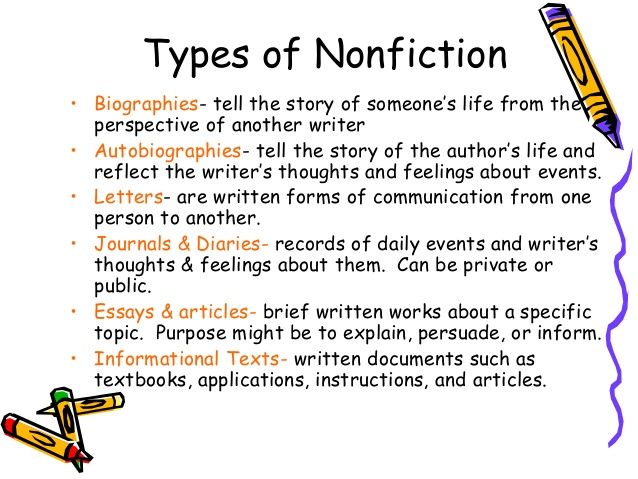
| Spanish | Spanish | English | English | |
| Word | Word | Word | Word | |
| Attack | ID | Attack | ID | |
| RWT Group | ||||
| Before | 10. 4 4 | 21.1 | 7.18 | 23.6 |
| After | 16.9 | 27.8 | 16.7 | 33.4 |
| Control Group | ||||
| Before | 10.8 | 20 | 7 | 25 |
| After | 14.4 | 24.8 | 12.6 | 29.6 |
Data were analyzed using an analysis of covariance to see if the posttest scores were significantly different when the pretest on that measure was used as the covariate. The RWT group showed significantly greater improvement on the English Word Attack (p < .02) and English Word Identification (p< .01), suggesting that an after-school program using the Read, Write & Type can be very effective at improving reading scores significantly for LEP primary students who are struggling to read. Because students received no direct instruction in Spanish reading skills, a more surprising finding was that the RWT group also improved more on the Spanish Word Attack (p<.01), suggesting that the development of phonemic awareness and phonics skills in English may affect those skills in Spanish as well. Spanish uses the same alphabet and is more phonetically regular than English, although a number of the phonemes, particularly vowel sounds, are different. But learning to segment words into their component phonemes (phonemic awareness) is the same process in both languages and one of the critical steps to reading.
The RWT group showed significantly greater improvement on the English Word Attack (p < .02) and English Word Identification (p< .01), suggesting that an after-school program using the Read, Write & Type can be very effective at improving reading scores significantly for LEP primary students who are struggling to read. Because students received no direct instruction in Spanish reading skills, a more surprising finding was that the RWT group also improved more on the Spanish Word Attack (p<.01), suggesting that the development of phonemic awareness and phonics skills in English may affect those skills in Spanish as well. Spanish uses the same alphabet and is more phonetically regular than English, although a number of the phonemes, particularly vowel sounds, are different. But learning to segment words into their component phonemes (phonemic awareness) is the same process in both languages and one of the critical steps to reading.
Dr.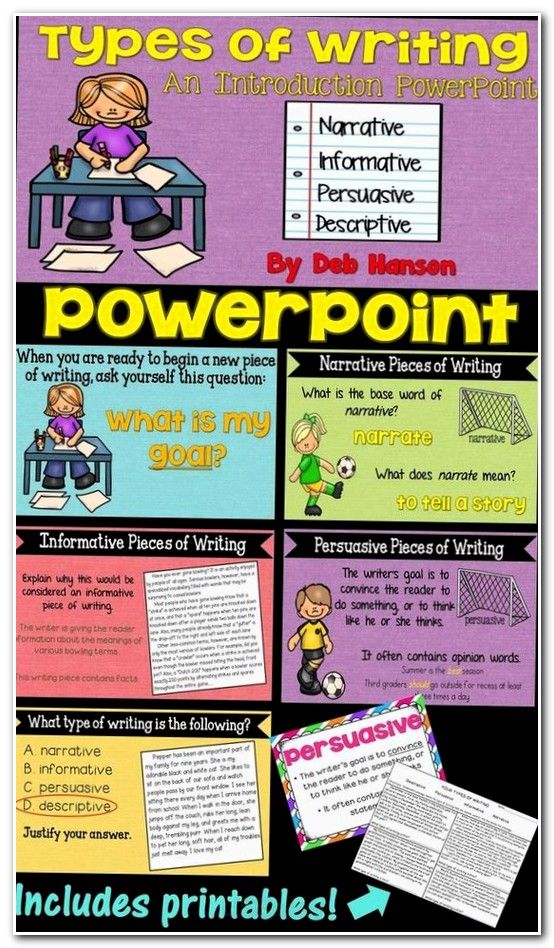 Joseph Torgesen, Distinguished Research Professor, and National Reading Expert, conducted a study at Florida State University with a group of first graders. Identified as at-risk for reading failure, they were evaluated over a 2-year period in a program using Read, Write & Type. The children showed large gains in reading skills from pre to post-tests, with very large gains in fluency and accuracy. Reading comprehension scores were also higher than expected based on the children’s general verbal ability. Click here to read Dr. Torgesen’s report.
Joseph Torgesen, Distinguished Research Professor, and National Reading Expert, conducted a study at Florida State University with a group of first graders. Identified as at-risk for reading failure, they were evaluated over a 2-year period in a program using Read, Write & Type. The children showed large gains in reading skills from pre to post-tests, with very large gains in fluency and accuracy. Reading comprehension scores were also higher than expected based on the children’s general verbal ability. Click here to read Dr. Torgesen’s report.
Dr. Torgesen talks about the results: “We have been using Read, Write & Type to support small group instruction in reading for first grade children who are identified as at risk for reading failure. This project is being conducted with support from the National Institute of Child Health and Human Development. With its emphasis on phonological awareness, letter-sound knowledge and phonetic decoding in reading and spelling, Read, Write & Type is entirely consistent with recent discoveries that underline the importance of these skills to the growth of good reading ability.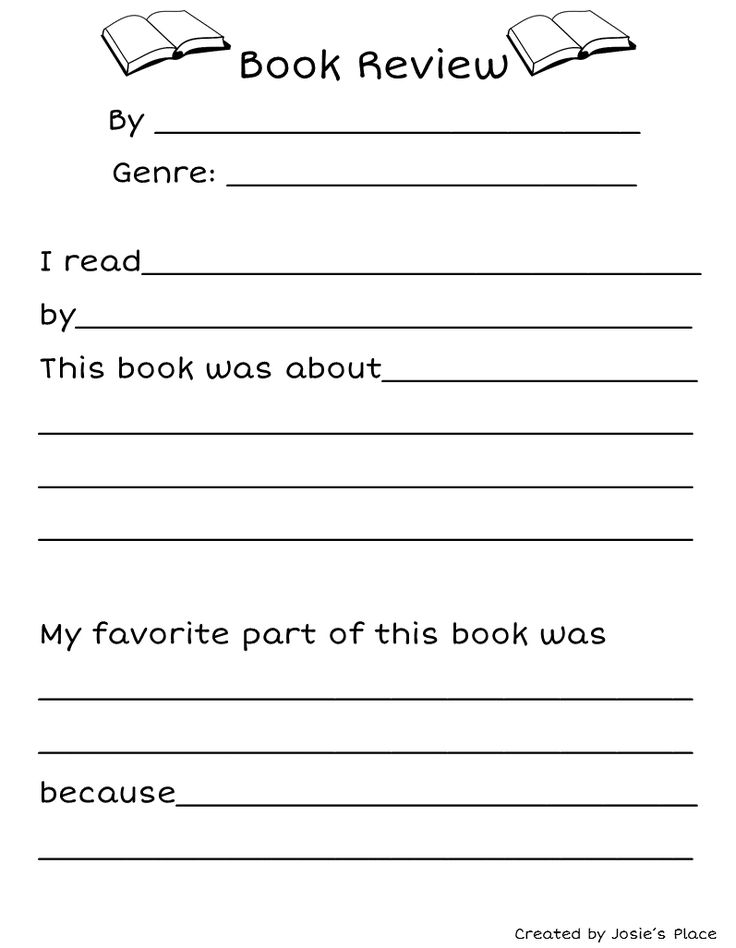 ” “Read, Write & Type is an excellent example of the very best in computer applications to provide support for children learning to read. The program not only incorporates the most important principles of beginning reading instruction, but it has also brought them together in a package that is very engaging for children. The great strength of Read, Write & Type is that it provides explicit and systematic instruction in reading and spelling strategies in the context of meaningful and engaging writing and reading activities.“
” “Read, Write & Type is an excellent example of the very best in computer applications to provide support for children learning to read. The program not only incorporates the most important principles of beginning reading instruction, but it has also brought them together in a package that is very engaging for children. The great strength of Read, Write & Type is that it provides explicit and systematic instruction in reading and spelling strategies in the context of meaningful and engaging writing and reading activities.“
In a classroom study conducted at Millard School in Fremont, California, 94 first graders received instruction using Read, Write & Type in two 1-hour sessions per week for a seven month period. The performance of these children was compared to that of 50 first graders from a comparable elementary school who started with higher reading levels than the students from Millard School.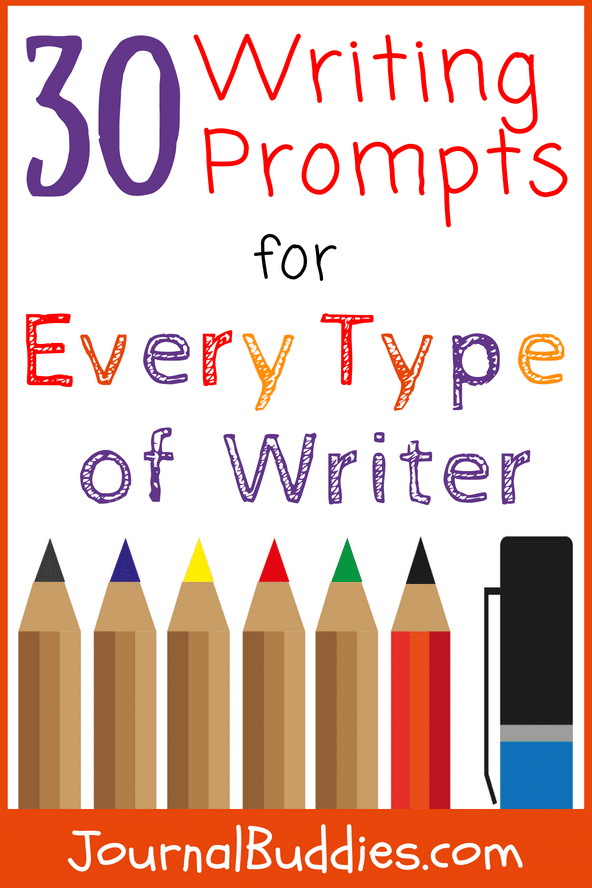 The Millard School children achieved significantly higher end of year scores on phoneme blending, reading nonwords, and spelling. The Writing Wagon Project, carried out by Talking Fingers™ (CNS) and funded by the John S. and James L. Knight Foundation, delivered laptop computers for 56 hours (2 hours/week, November, 1996-June, 1997) to 94 first graders at Millard School in Fremont, California. Click here to see chart of results The 94 Millard first graders and a comparison group of 50 first graders at a nearby school were tested at the beginning and at the end of the project with the following tests: 1. Blending Phonemes, 2. Reading Nonwords, 3. Reading Words, 4. Elision, 5. Spelling. They were also tested at the end of the project with the following tests: 6. Woodcock-Johnson Word Attack, 7. Woodcock-Johnson Word Identification, 8. WRAT Spelling, 9. Typing. In summary, although the Comparison Group started out ahead on every test, the RWT Group scored significantly higher on Blending Phonemes, Reading Nonwords, and Spelling at the end of the project and made significantly greater improvement on all pre-post tests than the Comparison Group.
The Millard School children achieved significantly higher end of year scores on phoneme blending, reading nonwords, and spelling. The Writing Wagon Project, carried out by Talking Fingers™ (CNS) and funded by the John S. and James L. Knight Foundation, delivered laptop computers for 56 hours (2 hours/week, November, 1996-June, 1997) to 94 first graders at Millard School in Fremont, California. Click here to see chart of results The 94 Millard first graders and a comparison group of 50 first graders at a nearby school were tested at the beginning and at the end of the project with the following tests: 1. Blending Phonemes, 2. Reading Nonwords, 3. Reading Words, 4. Elision, 5. Spelling. They were also tested at the end of the project with the following tests: 6. Woodcock-Johnson Word Attack, 7. Woodcock-Johnson Word Identification, 8. WRAT Spelling, 9. Typing. In summary, although the Comparison Group started out ahead on every test, the RWT Group scored significantly higher on Blending Phonemes, Reading Nonwords, and Spelling at the end of the project and made significantly greater improvement on all pre-post tests than the Comparison Group.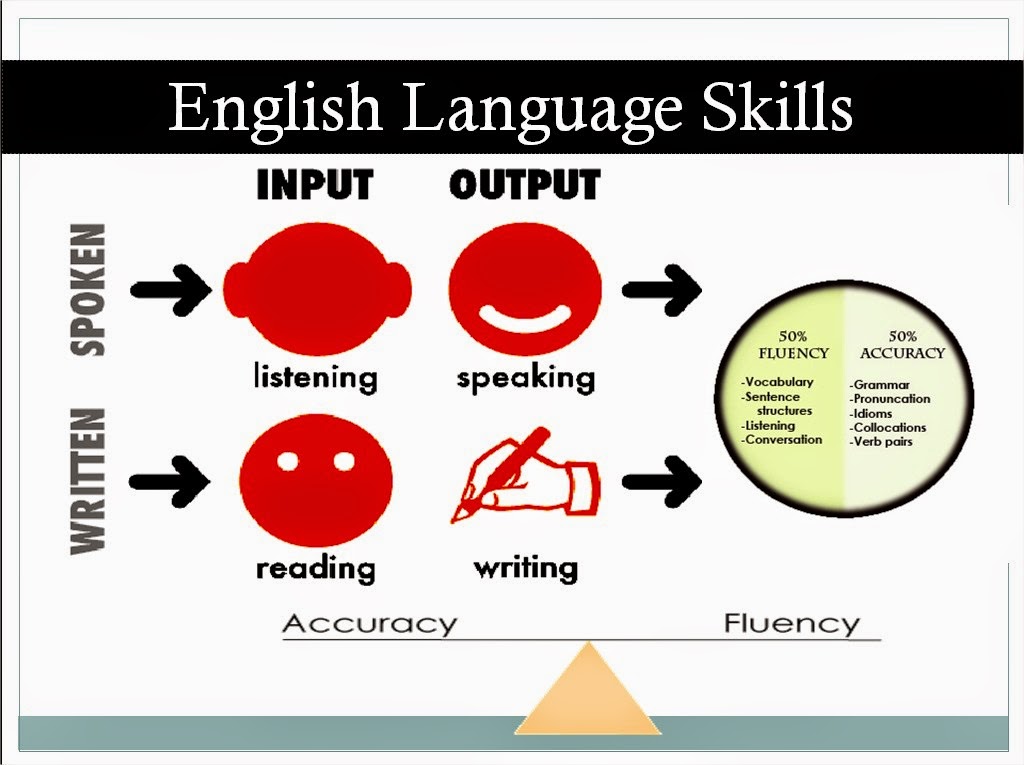 They could find keys (keyboard and screen covered) with an average of 93% accuracy. Students in a small Special Day class (including several autistic students) also used the computers twice/week. Although they were not tested, the teacher reports that students made noticeable progress in reading, writing, and typing. These students were highly motivated to use the computer and were more focused while working at the computer with headphones than they were during teacher instruction. Conclusions: The Read, Write & Type approach boosted first grade reading and spelling scores significantly. In addition, students acquired a foundation of computer skills that will make their work more and more efficient as they continue through elementary school. This research suggests that if this approach were implemented widely, it could make a significant improvement in reading scores across the nation.
They could find keys (keyboard and screen covered) with an average of 93% accuracy. Students in a small Special Day class (including several autistic students) also used the computers twice/week. Although they were not tested, the teacher reports that students made noticeable progress in reading, writing, and typing. These students were highly motivated to use the computer and were more focused while working at the computer with headphones than they were during teacher instruction. Conclusions: The Read, Write & Type approach boosted first grade reading and spelling scores significantly. In addition, students acquired a foundation of computer skills that will make their work more and more efficient as they continue through elementary school. This research suggests that if this approach were implemented widely, it could make a significant improvement in reading scores across the nation.
Read, Write & Type Research Results: Family Literacy Project
The Family Literacy Project, funded by the Knight Foundation, informally explored the effectiveness of Read, Write & Type with children and adults learning English as a second language. First and second graders used their new Read, Write & Type skills to help an adult family member learn English. A group of Vietnamese families and a group of Hispanic families participated for two nights a week in four 6-week sessions. This project was not designed to collect formal data, but both the adults and children found it very enjoyable. There were waiting lists for each session.
First and second graders used their new Read, Write & Type skills to help an adult family member learn English. A group of Vietnamese families and a group of Hispanic families participated for two nights a week in four 6-week sessions. This project was not designed to collect formal data, but both the adults and children found it very enjoyable. There were waiting lists for each session.
Los Altos School District # 1 in Reading After Using
Read, Write & TypeTalking Fingers (CNS) carried out an extensive research and development program from 1990 to 1993 with the Read, Write & Type prototype (called Talking Fingers) at Downer Elementary School in Richmond, California, and Springer Elementary School, in Los Altos, California. As a result, in 1993 Talking Fingers (CNS) collaborated with the Los Altos School District, in Los Altos, California, on a $550,000 project to set up Talking Fingers writing labs in all six elementary schools in the district and to evaluate their effectiveness. The Los Altos District has since upgraded to labs using Read, Write & Type, and in 1999 took first place in all of California in 4th grade reading achievement. In an article in Education Week (March 31, 1999), Jane Croom, a parent of two children from the original project, related a personal story: her 7th grade son, who began using the program in first grade, now writes extensively and types 100 words per minute. Click here to learn more about Talking Fingers, Inc.
The Los Altos District has since upgraded to labs using Read, Write & Type, and in 1999 took first place in all of California in 4th grade reading achievement. In an article in Education Week (March 31, 1999), Jane Croom, a parent of two children from the original project, related a personal story: her 7th grade son, who began using the program in first grade, now writes extensively and types 100 words per minute. Click here to learn more about Talking Fingers, Inc.
Read, Write & Type (Talking Fingers Inc. Review)
The early years are a special time of innocence and wonder that we never get back. That’s why I always wanted my kids to have an opportunity to explore the world in their own ways and to learn freely. I also didn’t want their thinking to be influenced by the Disney channel, TV commercials or video games, so no computers and very little (supervised, commercial-free) TV time for my kids. But we live in a world of technology and at some point it has to be introduced into their life. That’s why, some time after my oldest turned 7, I started (occasionally) to use youtube videos and educational DVDs from a library to expand on the concepts we were working on. And on the brink of his 8th birthday, I finally got ready to introduce him to his first online educational program or ideally two: one for reading and one for math. But which ones would be good enough for my high standards?
That’s why, some time after my oldest turned 7, I started (occasionally) to use youtube videos and educational DVDs from a library to expand on the concepts we were working on. And on the brink of his 8th birthday, I finally got ready to introduce him to his first online educational program or ideally two: one for reading and one for math. But which ones would be good enough for my high standards?
Lucky for me I’m part of the Schoolhouse Review Crew and get a weekly opportunity to explore new educational products. So, after some consideration I gave my heart to: Read, Write & Type by Talking Fingers Inc. for reading and another program for math (review is coming up).
Read, Write & Type is an online program designed for kids ages 6-9 that integrates phonics, reading, spelling, writing, and keyboarding. I was intrigued when I read that it uses a multi-sensory approach based on 20-years of neuropsychology research. In other words, it works because it takes into account how a young brain learns.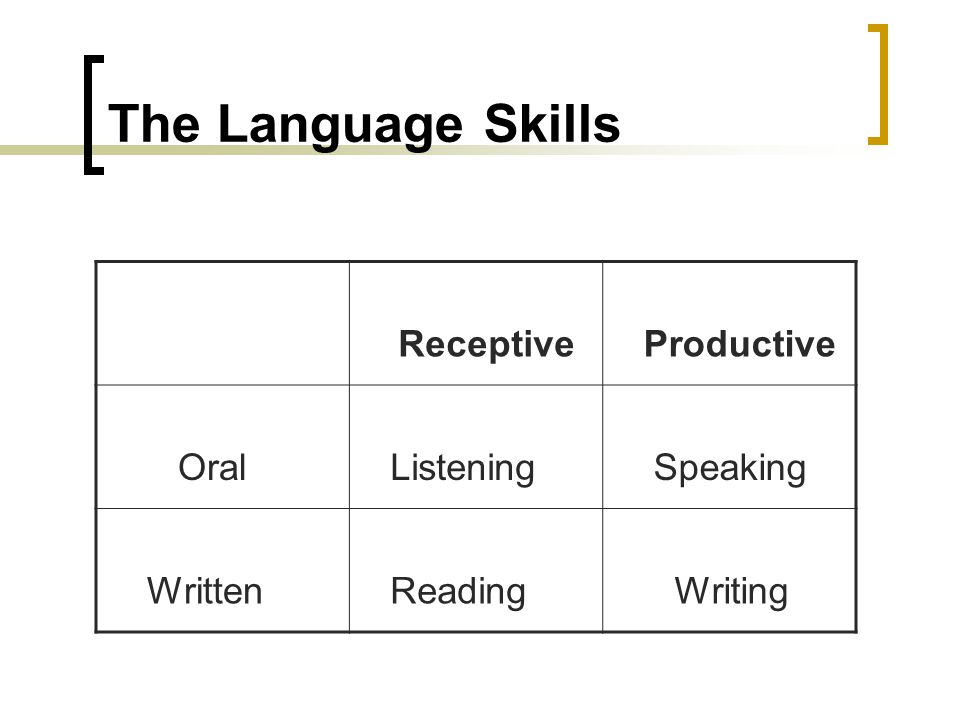 It’s multisensory, because in this program kids sound out the word (mouth), type the keys (touch), see the letter appear (eye), and hear the computer say the sound (ear). If “text is a speech made visible” then by linking speech sounds with keyboard strokes, kids can write any word they say. Their fingers are “talking.” It all sounded very fascinating and I couldn’t wait to try it with my son.
It’s multisensory, because in this program kids sound out the word (mouth), type the keys (touch), see the letter appear (eye), and hear the computer say the sound (ear). If “text is a speech made visible” then by linking speech sounds with keyboard strokes, kids can write any word they say. Their fingers are “talking.” It all sounded very fascinating and I couldn’t wait to try it with my son.
I was provided with a complimentary one-year subscription to Read, Write & Type. In this program, a mischievous computer virus named Vexor is trying to steal the letters and prevent kids from writing down their stories. Lefty and Rightway, the helping hands, are friends for the ride that guide kids through 40 levels of exciting adventure. The colorful animated characters, songs, and music fill the adventure with action and spirit. Check out a demo here.
Each letter or sound (i.e. th) is introduced one a time. Kids first meet the character behind the letter/sound, and link the sounds to the letter and to the keyboard stroke.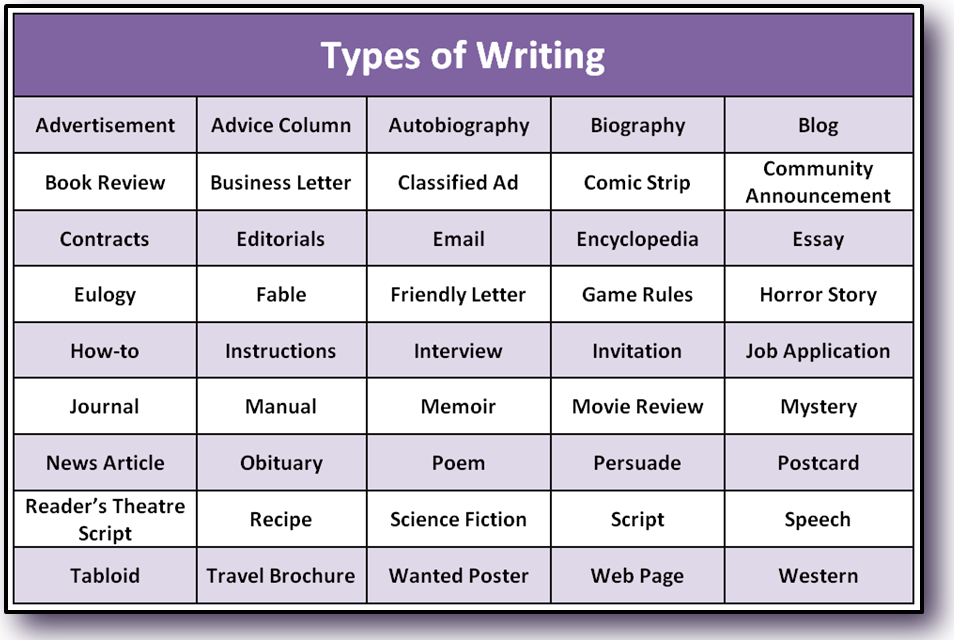 Then, kids go through some learning activities that strengthen their understanding. For example, kids look at the pictures and type in the beginning, middle or ending sound of the word on the picture. (E.g nose, red, three, cook, … ) Or they need to read three sentences (i.e. A cat has a fan. Nana has a disk. Fadasa has a fan) and then click on the sentence that belongs with the picture.
Then, kids go through some learning activities that strengthen their understanding. For example, kids look at the pictures and type in the beginning, middle or ending sound of the word on the picture. (E.g nose, red, three, cook, … ) Or they need to read three sentences (i.e. A cat has a fan. Nana has a disk. Fadasa has a fan) and then click on the sentence that belongs with the picture.
On the next level, kids are presented with a picture and asked to type the word they hear. They can click a button to hear the word again and again until they can break the word into sounds and spell it out. My kids enjoyed the activity whey they had to read a sentence and click on the picture that goes with it.
Later kids are shown sentences for a brief time, then it disappears and kids are asked to type it on their own. They also write letters to their pen friends and read replies. The three level of typing practice are made exciting by having mean Vexor blow away the types material if kids don’t get to the end before the character reaches the destination. Kids are asked to type first the letter of the day (say K), then short word (kick), then a word combo (Kat kicks).
Kids are asked to type first the letter of the day (say K), then short word (kick), then a word combo (Kat kicks).
By the end of the course, kids sound-out, spell, and read hundreds of words, sentences, phrases.
How we used the program
My almost 8-year old (seems wrong to call him 7-year old, but he is not 8 till May) ended up using the program together with his siblings. I wasn’t happy about my youngest staring at the computer screen, but there is simply no way to keep kids separated. The good thing is that once the novelty wore off my youngest found a way to get back to his toys.
We used it 3-5 times a week. My 5-year old who is actually at about the same reading/spelling level as my almost 8-year old was a very good fit for this program as well. Kids took turns typing in the answers. It took about 15-20 minutes to cover one lesson. I turned the program on and stayed close to answer the questions or help them with typing.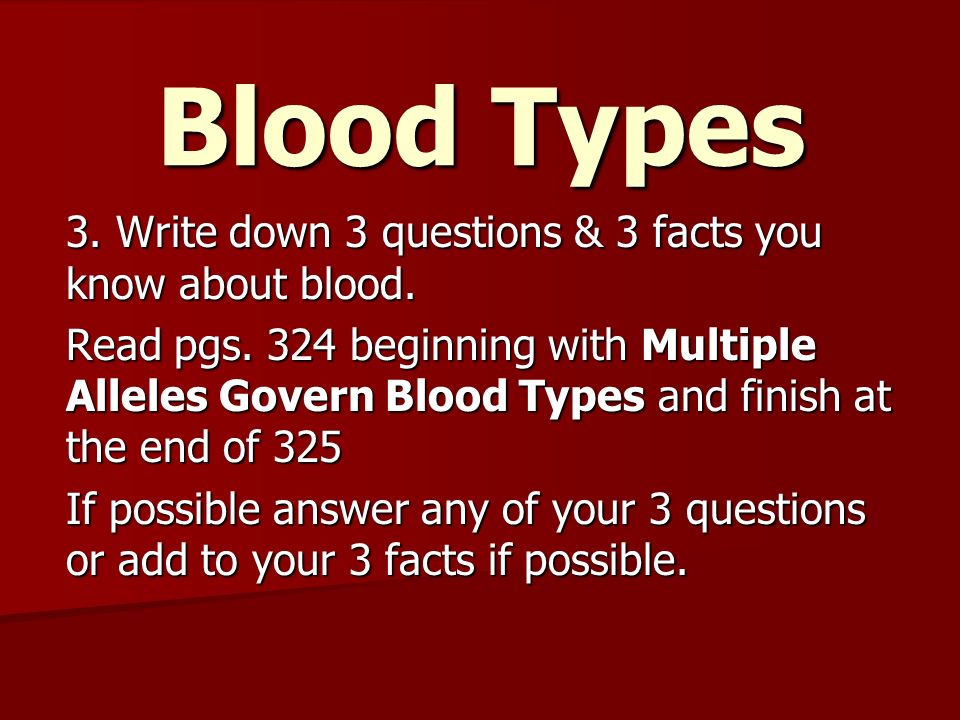
What we thought
I’m really impressed with this early writing and spelling program. My kids were not that excited about it when we just started, but they quickly changed their minds. “Can’t we just watch sea cucumber video, please,” they asked repeatedly during the first lesson. Once they realized that they would not be watching any videos, they got into the spirit of adventure. They laughed, typed, gasped when Vexor got the upper hand, and generally had fun with it. They always wanted to keep going after the lesson was over and acted very disappointed when I turned the computer off.
Somehow things that were boring in print became exciting once they were on a computer screen. For example, many times in the past few years we did exercises where kids had to name the beginning, middle or end sound of words and they kind of grumbled when I asked them to do it. But in this program the same exercise became exciting because it was animated and they could type in the letter or press space.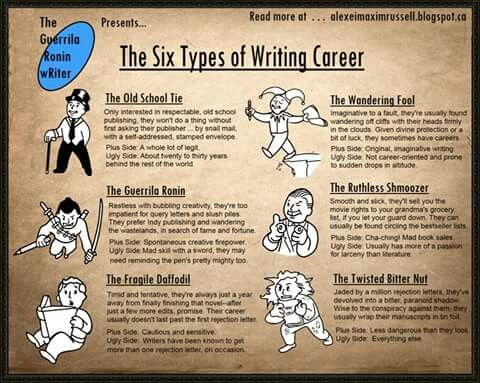 And they even bickered a little bit about who would have the privilege to type the letter and who would have the privilege to click “space” button.
And they even bickered a little bit about who would have the privilege to type the letter and who would have the privilege to click “space” button.
At the end of every four letters/ sounds kids could print out Certificate of Merit. I didn’t think it would be such a huge deal, but my daughter coveted these certificates. It was a big motivational factor to keep going because she wanted to get another one. My son couldn’t care less. His motivation was to beat Vexor and spoil his plans. If Vexor didn’t want him to save the letters, then he just had to do everything in his power to foil his plans.
It was not a kind of program where I could turn it on and walk away, but I think that is mostly because my kids are used to doing all their schoolwork with me. They wanted to share their thoughts, asked my opinions, and if they couldn’t type fast enough and letters kept getting blown away by Vexor, they asked me to type it for them to get to the next level.
I really like the idea of teaching kids to type correctly from an early age. I’m a really fast typer. I type with the speed of thought without looking at the keyboard and it always came very handy in life. However, it was hard to reinforce the correct finger placement. My kids just wanted to type everything with the index finger including the space bar. At first I was fighting this tendency, then I just decided that they are not ready and gave it up.
In sum, it’s an engaging and fun online program that integrates reading, writing, spelling and keyboarding. It’s based on peer reviewed research and offers great learning opportunities. Both my older kids enjoyed using Read, Write & Type and we will definitely finish the whole program.
Other Schoolhouse Crew members reviewed this product. You can see what they thought by clicking the image below.
You can find Talking Fingers Inc. on Facebook, Youtube and Twitter
on Facebook, Youtube and Twitter
Still not sure, Talking Fingers Inc. is for you? Try out this interactive DEMO.
Read and write without mistakes | Educational games Mercibo
All categories
Description of the program
"Read and write without errors" is a program for the prevention and correction of reading and writing difficulties.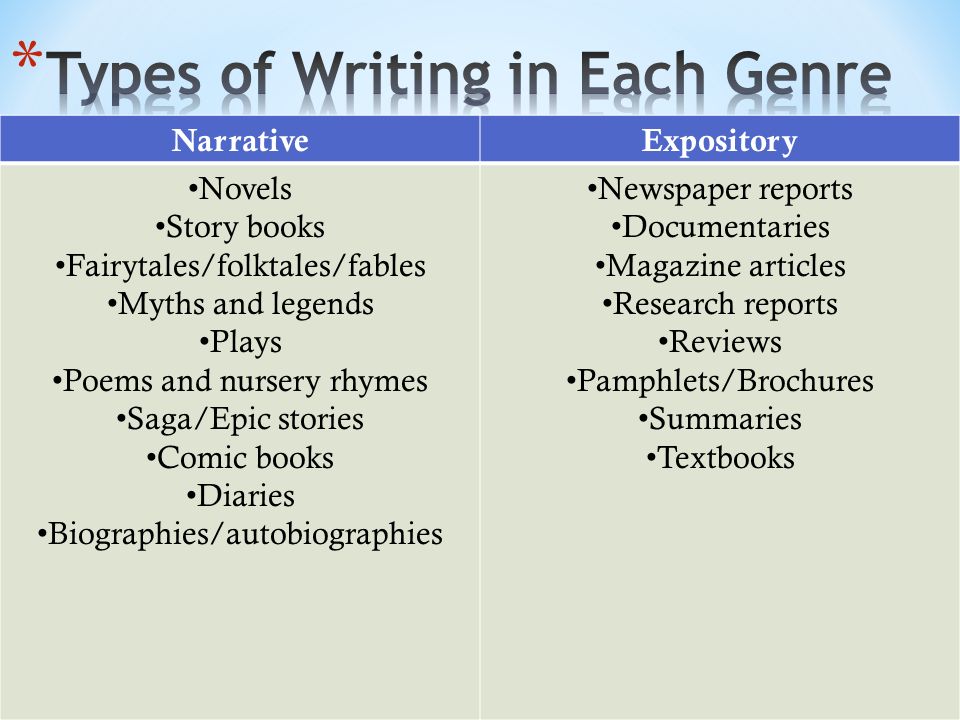 The program contains ready-made exercises from which you can compose tasks for the child. The tasks will help you to work out the spelling of words on the computer and in writing.
The program contains ready-made exercises from which you can compose tasks for the child. The tasks will help you to work out the spelling of words on the computer and in writing.
The program has two sections : task constructor and interactive trainings. In the task constructor, you form a set of exercises. You can print the saved task and conduct a regular lesson or conduct an interactive training right in the program.
The constructor will help you quickly create a task for classes at school or at home . Combine ready-made exercises in any order and quantity, write your instructions, print, save in docx or pdf formats.
More than 500 ready-made tasks
- for the development of visual attention
- development of optical-spatial representations
- reinforcement of graphomotor skills
- practicing all types of sound-letter analysis
- reading words and phrases
- memorization of vocabulary words
- handwriting improvements
- works with unstressed vowel
Quick work with tasks
- Make the task easy : drag and drop exercises from the database, send to print or mail to mom.
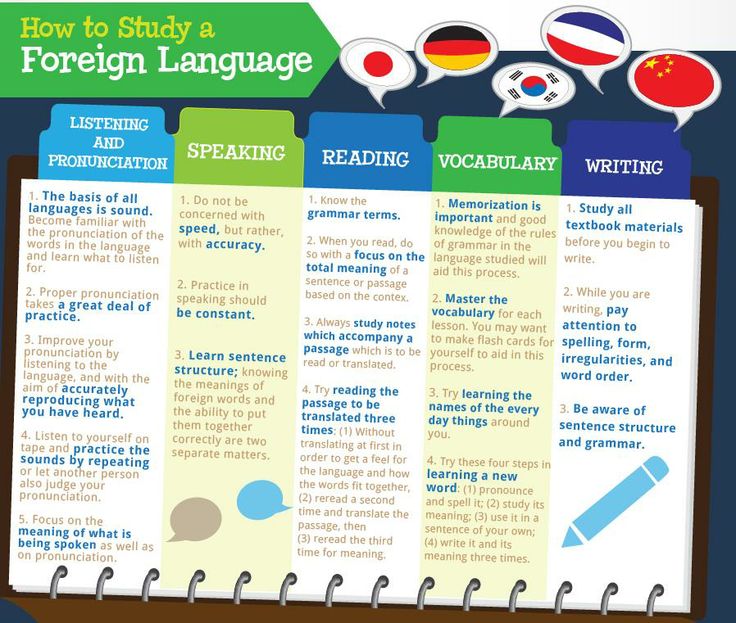 Ready!
Ready! - Favorite combinations can be stored in program . They will be available for printing at any time.
History of activities with each child
The program can keep a diary of the child . It will store data about the child, the tasks that you gave, and the trainings completed. This will help to track the history of classes or duplicate lost tasks for parents.
Quick work with a group of children
You can make a copy of the child with all the tasks and trainings. This is useful if you are leading a small group of children with the same speech problems and homework.
Easy Homework
Parents can “forget the notebook”, our program does not. In the diary, you can see when and what tasks you gave. If the notebook is lost, send the assignment by mail.
Unlimited
Unlimited number of children. Irrelevant ones can be hidden from the general list or deleted.
Interactive trainings
Training is a lesson with a ready-made task right at the computer . It has 3 blocks to check. Each block contains from 6 to 11 sets of words.
Training blocks
- Voiced and voiceless spelling: V-F, Z-S, Zh-Sh, B-P, D-T, G-K
- Practicing writing words with an unstressed vowel in the root
- Memorization of vocabulary words
How trainings look like
Simple level: choosing a letter based on voice acting
Dictation
Training can be done in 5 formats
- Familiarization . The child sees the whole word and hears its voice acting. Voice acting is available in two versions: natural and letter-by-letter pronunciation.
- Level 1 . The child listens to the words, reads it and inserts the missing letter.
- Level 2 . The child inserts the missing letter without relying on voice acting.
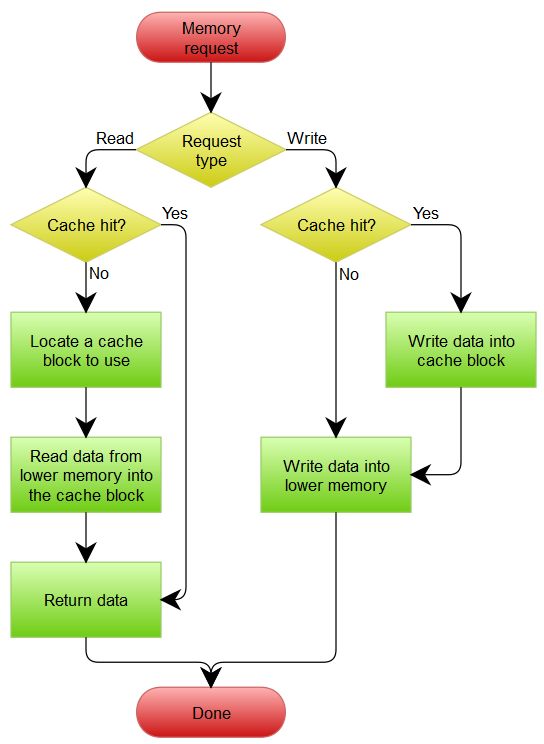
- Collocations (for dictionary words and unstressed at the root). The child reads the phrase and inserts the missing letter.
- Dictation . The child listens to the word and writes it down in a notebook.
Additional settings
In the settings, you can turn on or turn off the voice acting of words, turn on the repetition of words in which the child made a mistake.
Troubleshooting
A set of words from a test with missing letters can be saved, printed or sent to parents.
Stress-free activities
There is no timer for testing and the child can work at their own pace.
Protection against automatic answers
During the training, the letter options are reversed. This further complicates the task for the child: it is necessary to maintain attention and not click automatically.
Creating and editing manuals
Creating tasks in the Constructor
- Click on the "Add task" button.

- Select the desired category on the left: Visual Attention, Sounds and Letters, Syllables, or more.
- Drag the desired exercise from the left side to the right side.
- Please note that below you can scroll through the exercises from the category.
- Add your instructions to the exercise, if necessary.
Please note that the information you enter is stored on your computer, not on a flash drive.
Editing created tasks
All tasks are automatically saved in the program. Later, you can return to them and edit them: delete unnecessary exercises or add new ones, add or delete your comments to the exercises. Unnecessary tasks can be removed from the list.
You cannot add your own pictures in the program. But you can save the task in docx format, open it in Word and add any materials to the document.
Printing and saving tasks
All tasks in the designer are black and white, they can be printed on a regular printer. 4 exercises will fit on A4 sheet.
4 exercises will fit on A4 sheet.
You can save the finished task in docx and pdf formats.
- In the first case, the document can be opened in Word and edited if necessary.
- The second option is convenient to send to parents by mail or insert into presentations.
For whom
For which professionals
Primary school teachers will need the program.
For which children
The exercises are designed for children with reading and writing errors.
For which institutions
The program is suitable for work in mass and correctional schools.
Authors
Requirements
You will need a computer running Windows 8 or later, Adobe Reader or MS Word 2013 or later.
Read-Write - Yuri Gagarin 153-155, Kaliningrad (reviews, phone number and hours of operation)
-
Contacts
Save contact
Edit
add description
How to get there
Public transport Automobile Bike On foot
FAQ
-
Call +7 911 473-30-70, or leave a message on page
-
Kaliningrad, Yuri Gagarin, 153-155. Nearest stops: "Urudiynaya street (to the center)" - 50 meters, "Urudiynaya street (from the center)" - 120 meters
-
The work schedule is as follows: Mon: 10:00-18:00, Tue: 10:00-18:00, Wed: 10:00-18:00, Thu: 10:00-18:00, Fri: 10:00 -18:00, Sat: 11:00-14:00. This is information from visitors to the page.
Operating mode
| Mon | 10:00 – 18:00 |
|---|---|
| Tue | 10:00 – 18:00 |
| Wed | 10:00 – 18:00 |
| Thu | 10:00 – 18:00 |
| Fri | 10:00 – 18:00 |
| Sat | 11:00 – 14:00 |
| Sun |
Now at Kaliningrad - 11:59
We recommend that you check the opening hours by calling +7 911 473-30-70
Error
Similar places nearby
410 meters
Talmud (reviews)
Bookstore
Yuri Gagarin, 40-42
930 meters
Store of household goods and household chemicals (reviews)
IP Razumovsky E.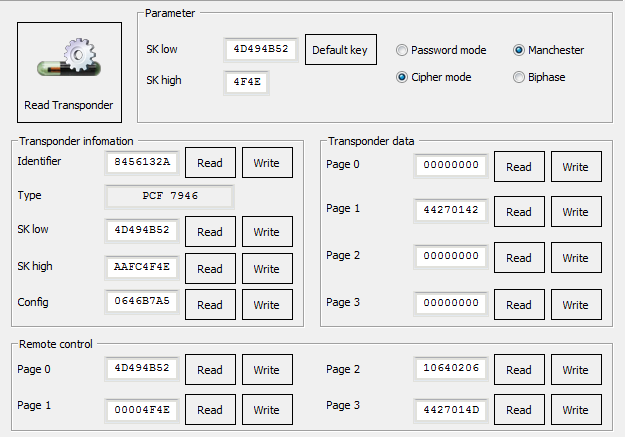 N.
N.
Artillery, 25v
2 km
2D Studio (reviews)
Design bureau
Litovsky Val, 38
2.3 km
RGB (reviews)
Advertising and production company 2.3 km
Household goods store (reviews)
IP Filippov D.V.
Belibeyskaya, 12-18
2.5 km
Price floor (reviews)
Chain of stores for household goods
Moskovsky prospect, 135-147
2.6 km
Idea Fix (reviews)
Advertising agency
Sergeeva, 14
2.8 km
Household goods store (reviews)
IP Zakharova O.E.
April 9, 22a
2.8 km
Household goods store (reviews)
IP Molodov A. E.
E.
Chernyakhovsky, 15 k16
2.9 km
Household goods store on the street. Chernyakhovsky (reviews)
15 k10
Chernyakhovsky, 15 k10
2.9 km
Everything for home and recreation (reviews)
Shop, IP Teplyakov V.S.
Chernyakhovsky, 15 k10
2.9 km
Our house (reviews)
Household goods store
Collective farm, 26
3.1 km
Household goods store (reviews)
IP Tarasova O.N.
Chernyakhovsky, 15-15a
3.1 km
Region-Supply (reviews)
Household goods store
Chernyakhovsky, 15-15a
3.1 km
Housing (reviews)
Household goods store
Professor Baranova, 30a
Reviews
No registration required
Please write a review about this organization: a few words about the quality of work and your overall impression - help others make the right choice.